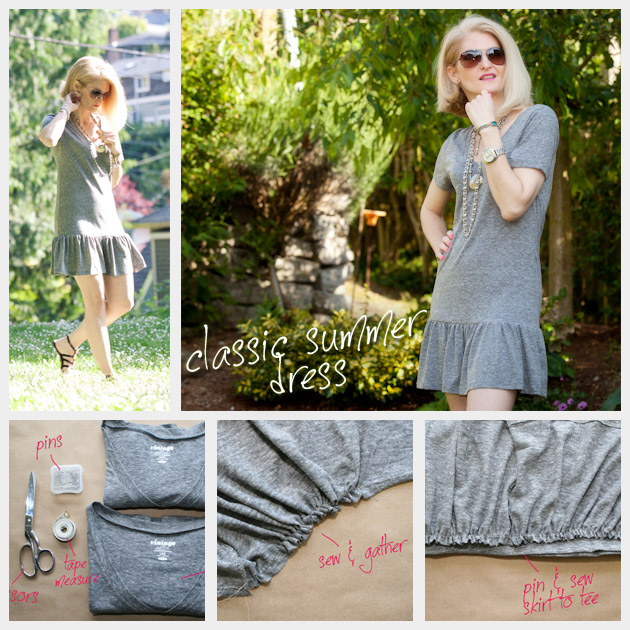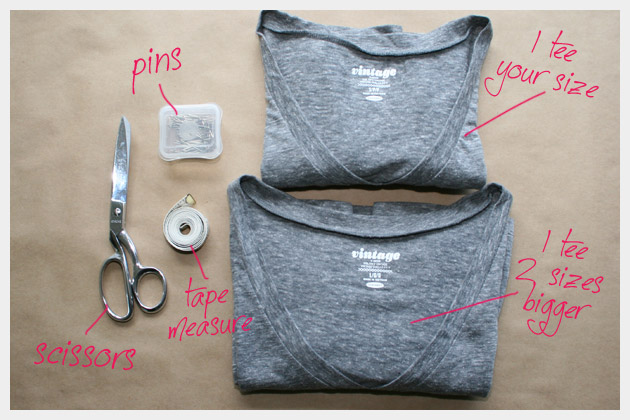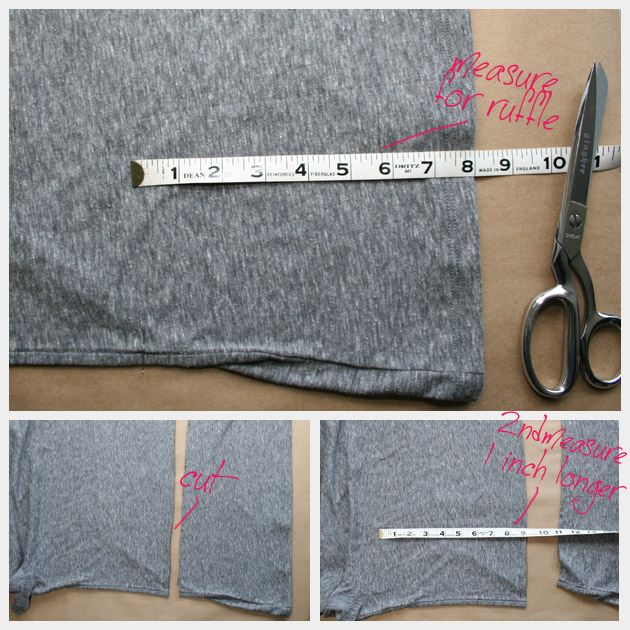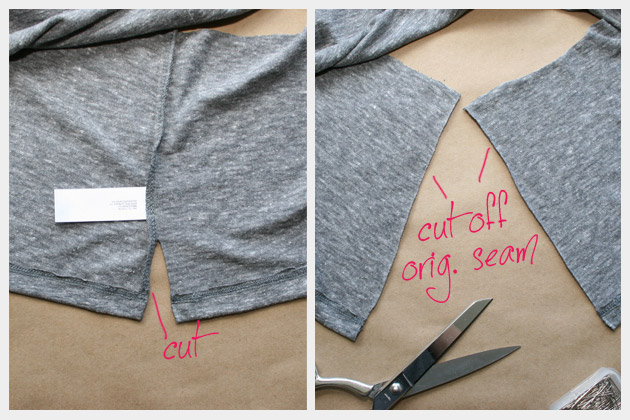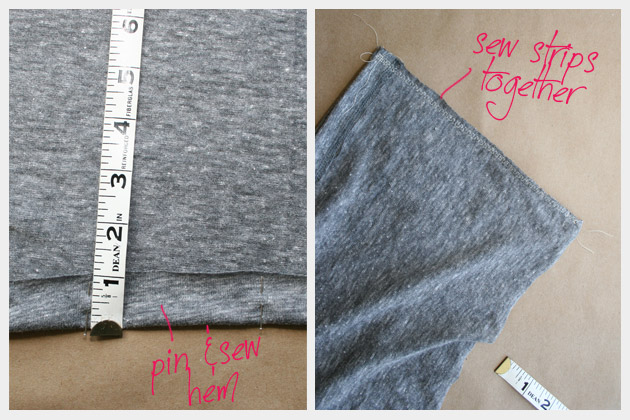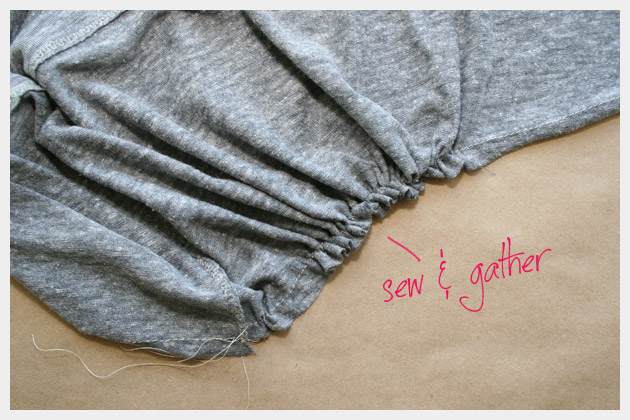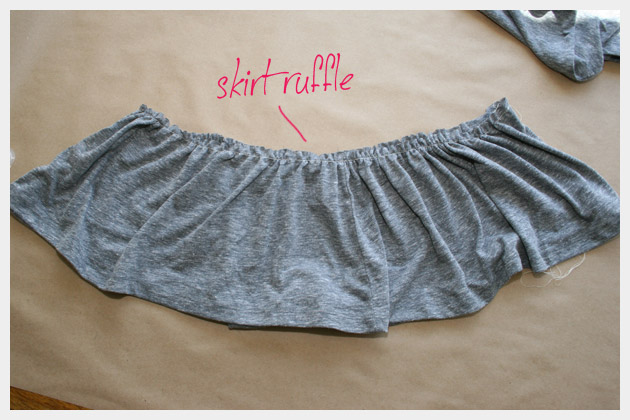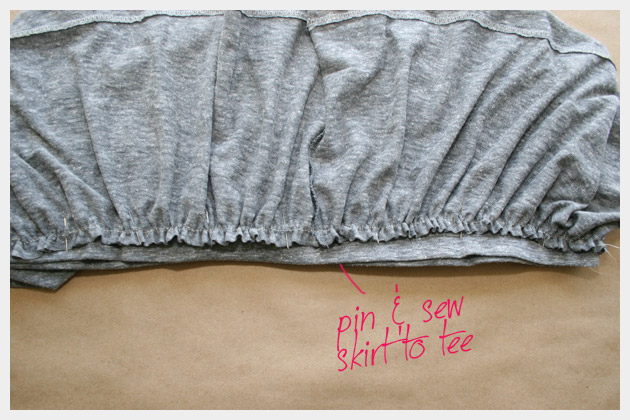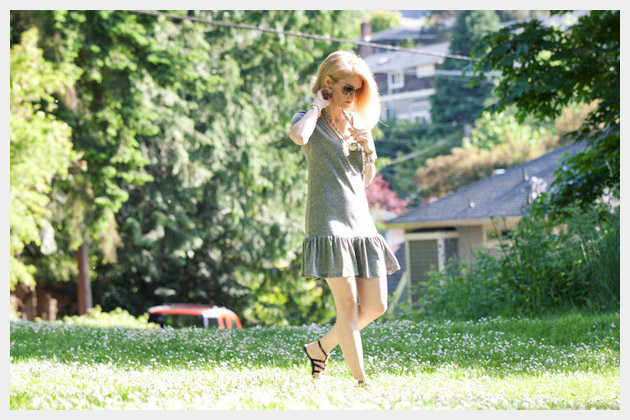Greetings D.I.Yers
Ever wanted to buy a tailor ham for your sewing projects, had it on your to get list, but never did. Maybe because the prices where to high especially depending where your located and you keep hoping the darn prices would go down. Well have no fear TUTORIAL is here!!!!!.
Ok so i was doing my daily researching on the web and I came across this wonderful tutorial on how to make your own tailor's ham. For those that know what a tailor ham is used far will find this tutorial very useful and those of you that don't.
A Tailor's Ham or dressmaker's ham is a tightly stuffed pillow used as a curved mold when pressing curved areas of clothing, such as darts, sleeves, cuffs, collars, or waistlines.
Pressing on a curved form allows a garment better to fit body contours.
To accommodate tapering or garments of different sizes, it has roughly
the shape of a ham.
So thanks to Sai Wongcongsawat, from chance of rain for this awesome tutorial and check out the link below to check out more of there crazy tutorials. Hope your fuljoy this tutorial brought to you by menen-idiyer.blogspot.com and continue to check me and send me a pic of your tailor's ham. Keep fellowing D.I.Yers and leave your thoughts or comments.
Peace and Blessed
Luv 

http://www.chance-of-rain.com/2011/diypt-series-no-1-tailors-ham-free-pattern/

Those of you who sew regularly know how important it is to have the right pressing tools. And those of you novices, will learn the importance of having one (I know I sound like a granny right now, bare with me, I am getting somewhere).
Tailor’s Ham (or Dressmaker’s Ham) is one of those tools all seamstress should have at hand and as The Vogue Sewing Book would say, it is not substitutable. You see, the little tailor’s ham is supposed to simulate our actual body’s curve. A faithful ham will make you say goodbye to those eyesore wonky curve seams. Tailor’s ham will help you create a more professional and good looking garment.
However (ha!) an enthusiastic but low budget seamstress may feel that paying for a lump of sawdust stuffed cushion is a bit of a rip (yes you guess who!). I mean one of Dritz ham will set you off at US$9.55 but I mean you can make a dress with that (scrooge mcSai iis here)! And isn’t there something rewarding about making your own? You can choose whatever colour ham you want to have. That is why, my dear readers, I would like to share with you a few easy steps to make your very own personalised tailor’s ham!
What Size is your Ham?
Hams come in many different sizes and shapes(!!), to suit different types of garments and purposes of course. In this tutorial I will show you how to make the simplest, most commonly used by home sewist (just like those Dritz Pressing Hams). But don’t worry I’ll give you patterns for a couple of different size/shape hams, should you be interested in making more. See bottom of the post for free pattern download.Things you’ll NEED:
- 6″ x 9″ Tailor’s Hams pattern
- 10″x8″ Firmly Woven or 100% Cotton fabric
- 10″x8″ Wool Fabric
- 25″x10″Plain 100% Cotton (like the unbleached muslin)
- Sawdust for stuffing
- A dowel or something to help you stuff the sawdust
 fig. a
Cut out the pattern pieces as per fig.a; 1 x Contrasting Cotton, 1 x Wool and 3 x Plain Cotton
fig. a
Cut out the pattern pieces as per fig.a; 1 x Contrasting Cotton, 1 x Wool and 3 x Plain Cotton fig. b
Baste constrasting cotton & 2 piece of plain cotton together.
Baste wool fabric & 1 pieces plain cotton toghether. Baste all the
way around the pieces.
fig. b
Baste constrasting cotton & 2 piece of plain cotton together.
Baste wool fabric & 1 pieces plain cotton toghether. Baste all the
way around the pieces. fig.3
With right sides of fabric together (contrasting cotton & wool
facing each other) stitch, using 1/2″ seam allowance and 2-2.5mm stitch
length, the two sets of fabric together. Leave about 3″ gap at the
widest end for turning out and stuffing.
fig.3
With right sides of fabric together (contrasting cotton & wool
facing each other) stitch, using 1/2″ seam allowance and 2-2.5mm stitch
length, the two sets of fabric together. Leave about 3″ gap at the
widest end for turning out and stuffing.Notch the corners to make sure your ham will turn out with smooth curve but only do it at the curviest point so that you don’t end up weakening the seam of the ham. Turn the ham shell right side out.
Now lets get on with the stuffing. I initially wanted to use fine sawdust (just to make sure there is no lump and bump on my ham), but with no avail I couldn’t get hold of any. I went to a couple of local carpenter and wood workshops and they told me that in these days and ages they are not allowed to sell it anymore (due to health and safety reasons). I dragged Sirio with me (you see his Spanish is native and mine is umm bad), and we weren’t very convinced about the prohibition on selling sawdust, I know the health and safety makes sense, but anyway…



 fig.5
Before you begin stuffing the ham, find a place where you can vacuum
easily as it get quite messy. Use a funnel or a spoon. You can make a
funnel from a piece of cardboard. Start filling the ham till you reach
the half way point. Press and compact the sawdust into the seam as much
as you can. The ham will be a little wonky at first but keep pushing.
Use a dowel or a stick. I use chopstick to keep pushing the sawdust into
the corner seams. Tried to smoothen it out at the same time and then
keep filling to the top. Make sure you fill the sawdust as much as you
possibly can to make sure your ham is firm.
fig.5
Before you begin stuffing the ham, find a place where you can vacuum
easily as it get quite messy. Use a funnel or a spoon. You can make a
funnel from a piece of cardboard. Start filling the ham till you reach
the half way point. Press and compact the sawdust into the seam as much
as you can. The ham will be a little wonky at first but keep pushing.
Use a dowel or a stick. I use chopstick to keep pushing the sawdust into
the corner seams. Tried to smoothen it out at the same time and then
keep filling to the top. Make sure you fill the sawdust as much as you
possibly can to make sure your ham is firm. fig.6
Once filled, press the overflowing sawdust in with a dowel or spoon
or your hand and pin the opening. Hand fell stitch to finish, using
embroidery floss for extra strength.
fig.6
Once filled, press the overflowing sawdust in with a dowel or spoon
or your hand and pin the opening. Hand fell stitch to finish, using
embroidery floss for extra strength.Clean your ham using vacuum cleaner and voila! You are done!
Thanks for reading my tutorial, I hope it is helpful and if you have any questions don’t hesitate to ask :)
Enjoy your ham!

